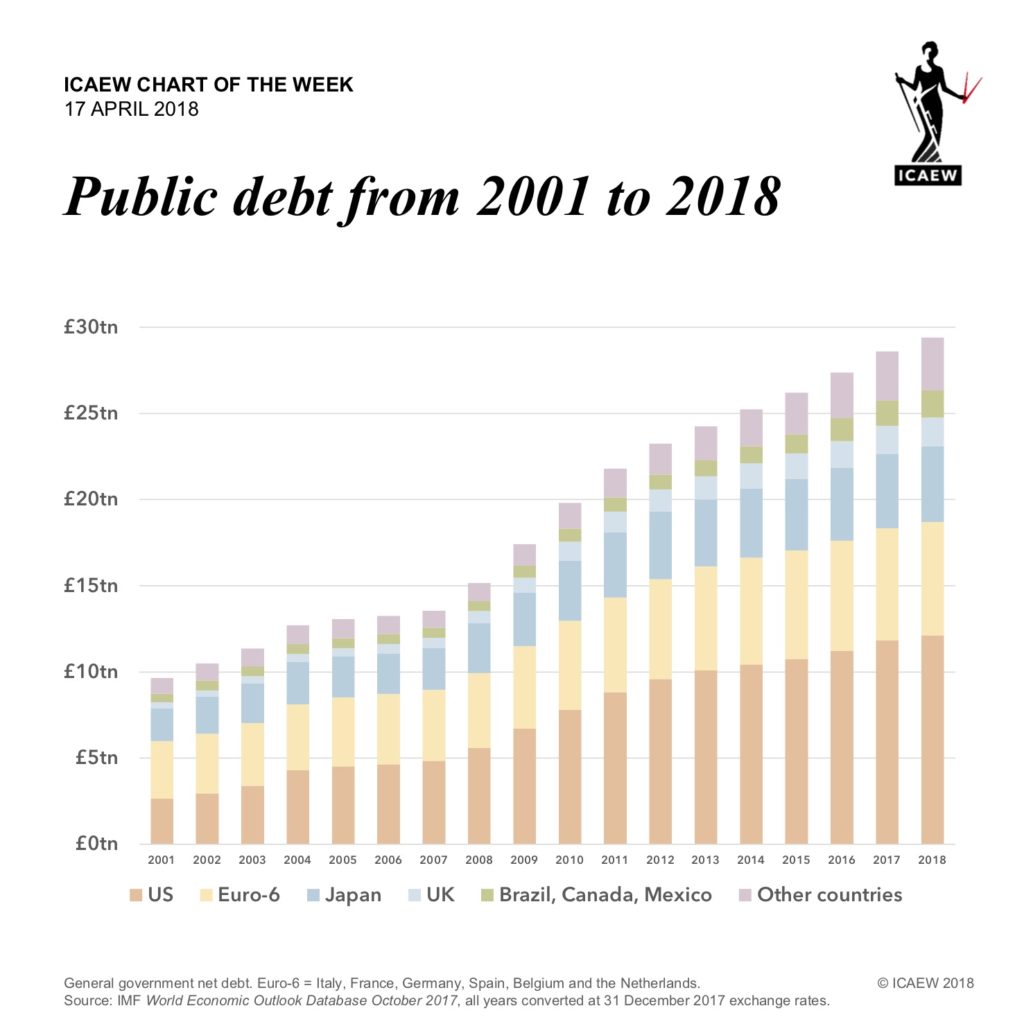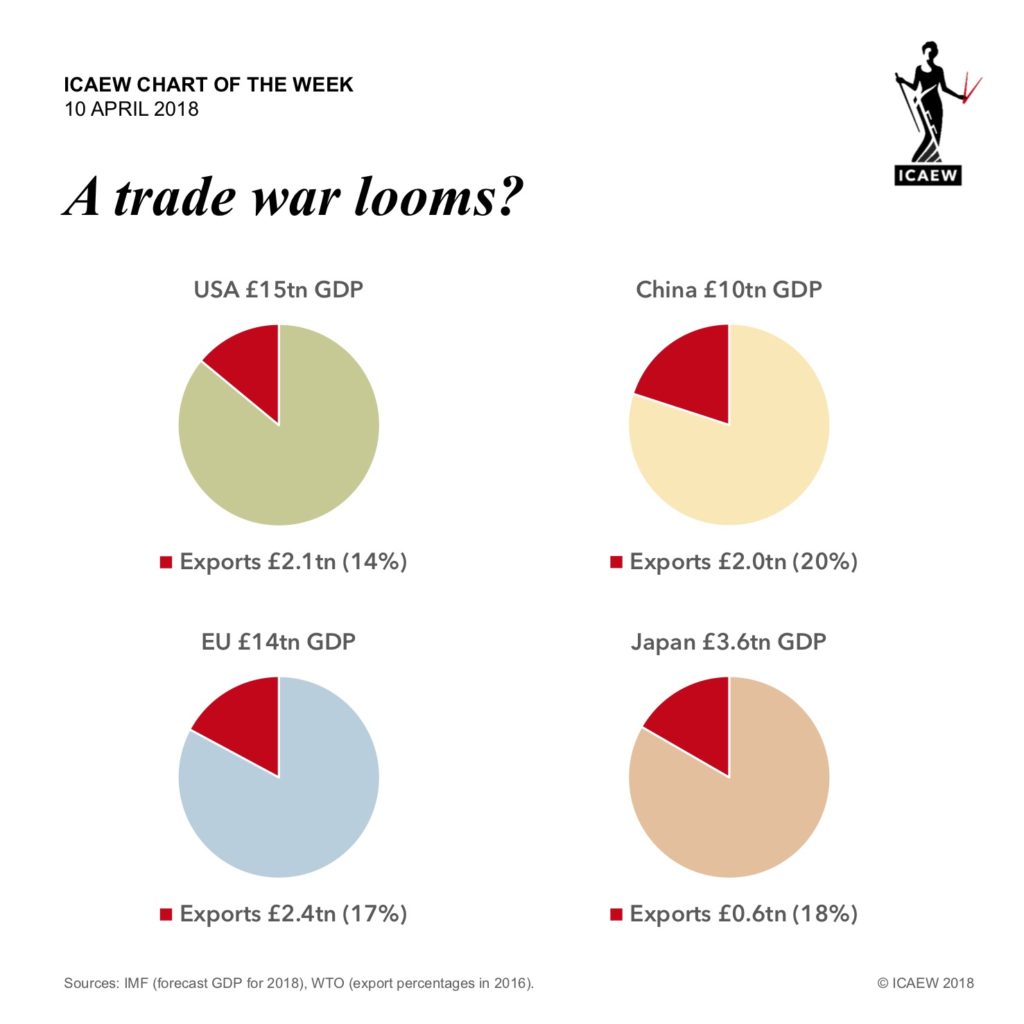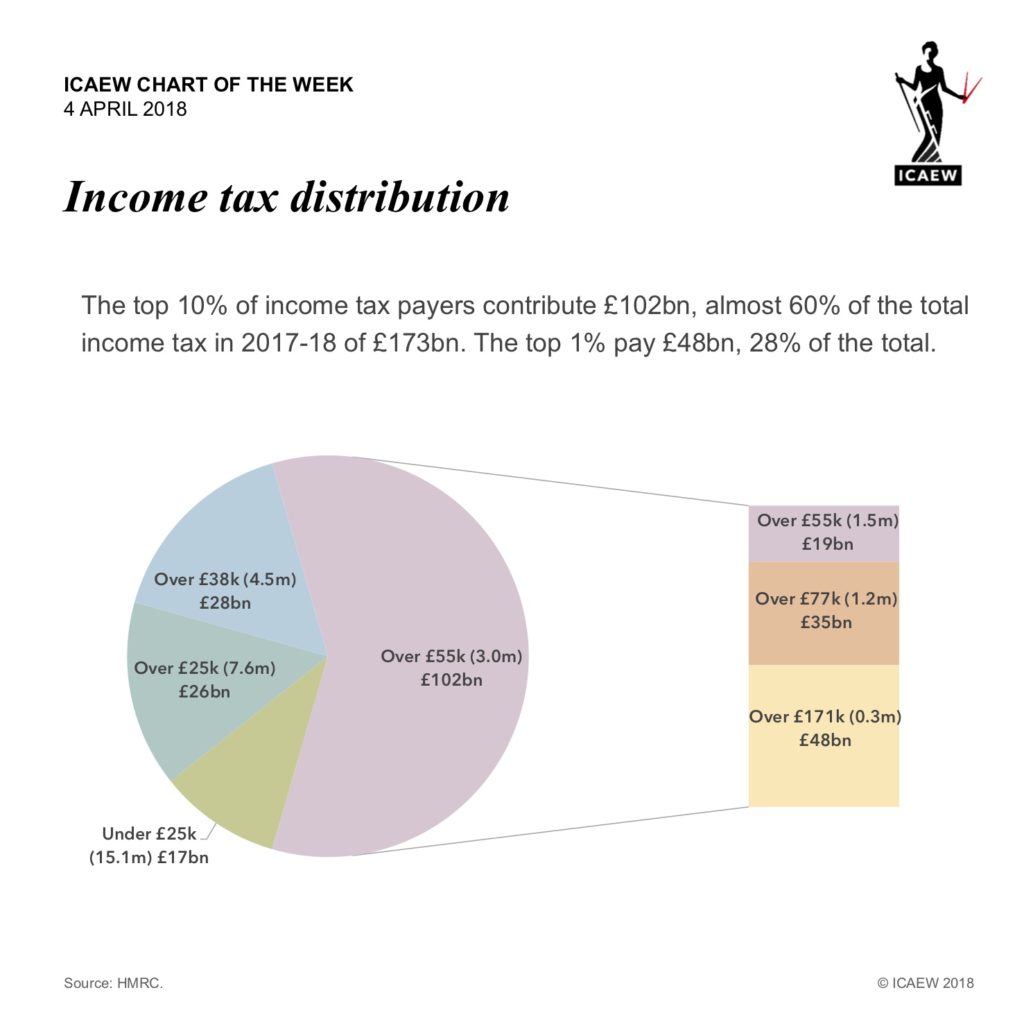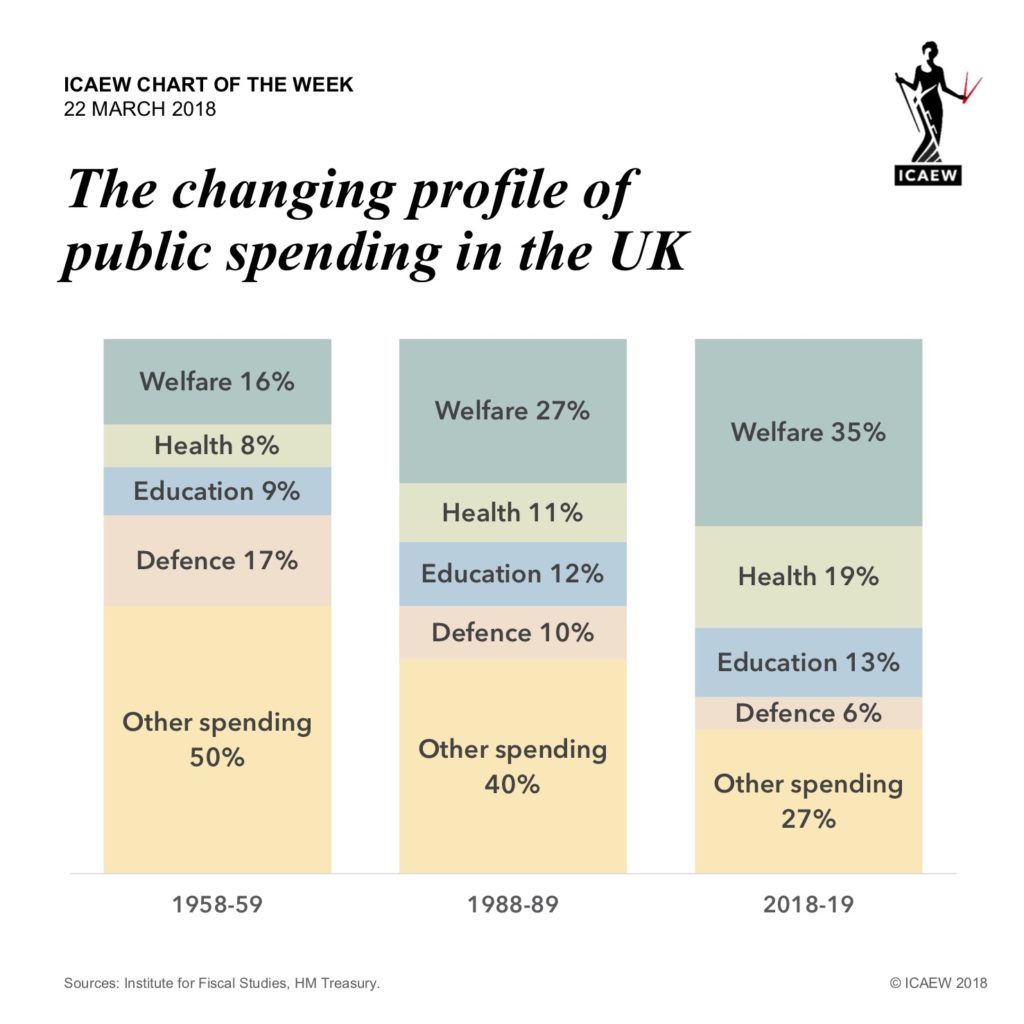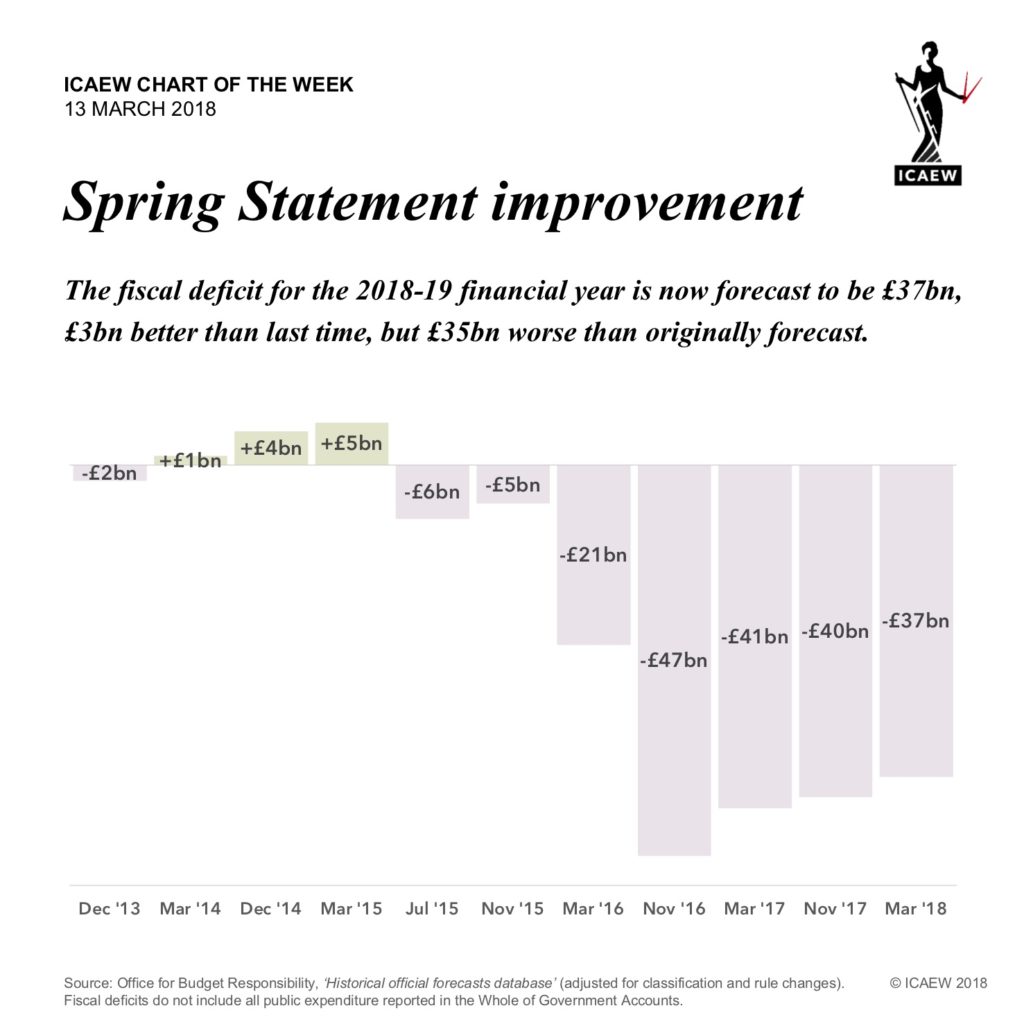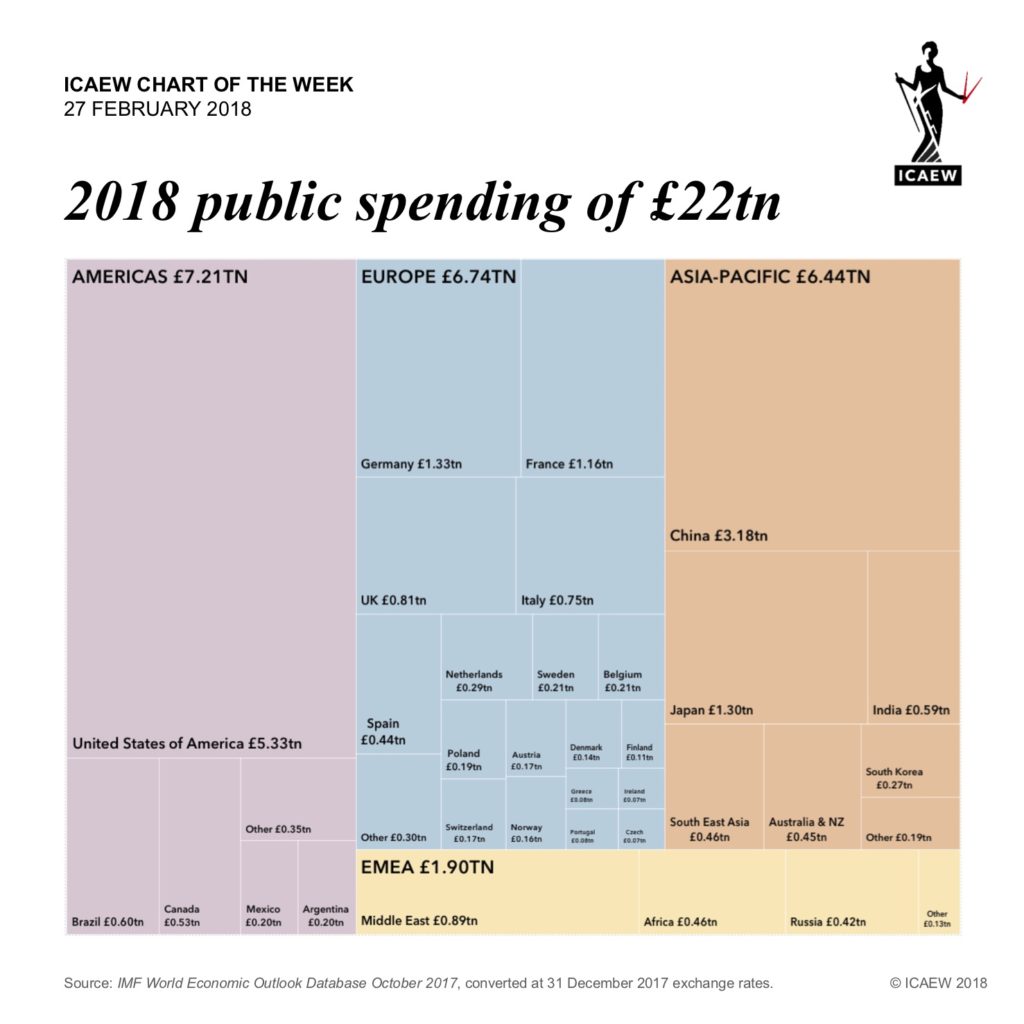
Our chart this week is from our report ‘the debt of nations’ published last week which we hope will be a ‘must-read’ for anyone affected by how our governments manage public debt; in other words everyone.
Low interest rates mean that nominal interest on the UK’s almost £2tn of public debt is expected to fall to 1.8% over the next few years as existing debt is refinanced. With yields on 10-year fixed-interest gilts at the end of March of 1.35%, this forecast seems quite reasonable based on current refinancing plans.
However, over a quarter (28%) of the UK’s public debt is index-linked. If inflation increases then the cost of borrowing will rise accordingly.
And although the UK Debt Management Office has been issuing debt for longer and longer maturities to lock-in low rates, a substantial proportion has been swapped by the Bank of England into variable rate debt as a result of quantitative easing.
A return to 5%, the base rate in 2008 before the financial crisis, would cost an extra £20bn a year, roughly half the defence budget.
This poses a dilemma to the Bank of England. Unwind QE too quickly and interest rates could rise significantly. But, don’t unwind QE and the public finances will remain exposed for many years to come.

